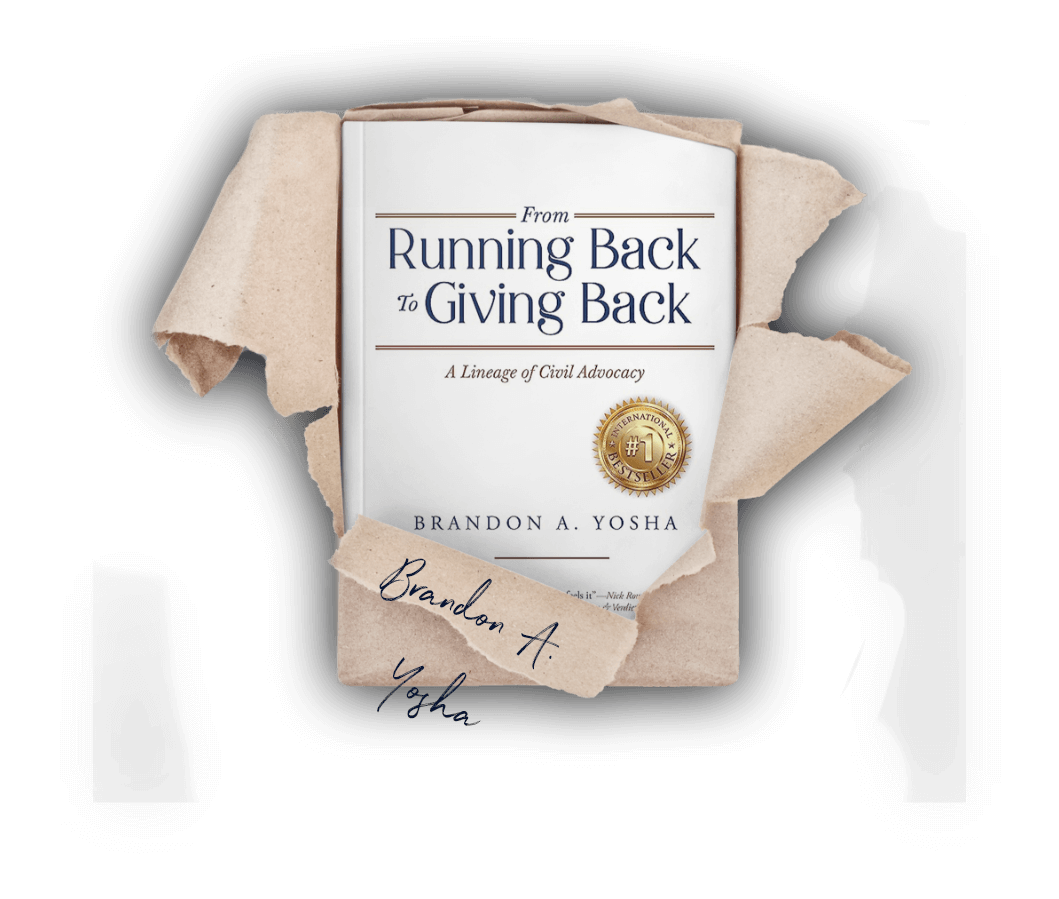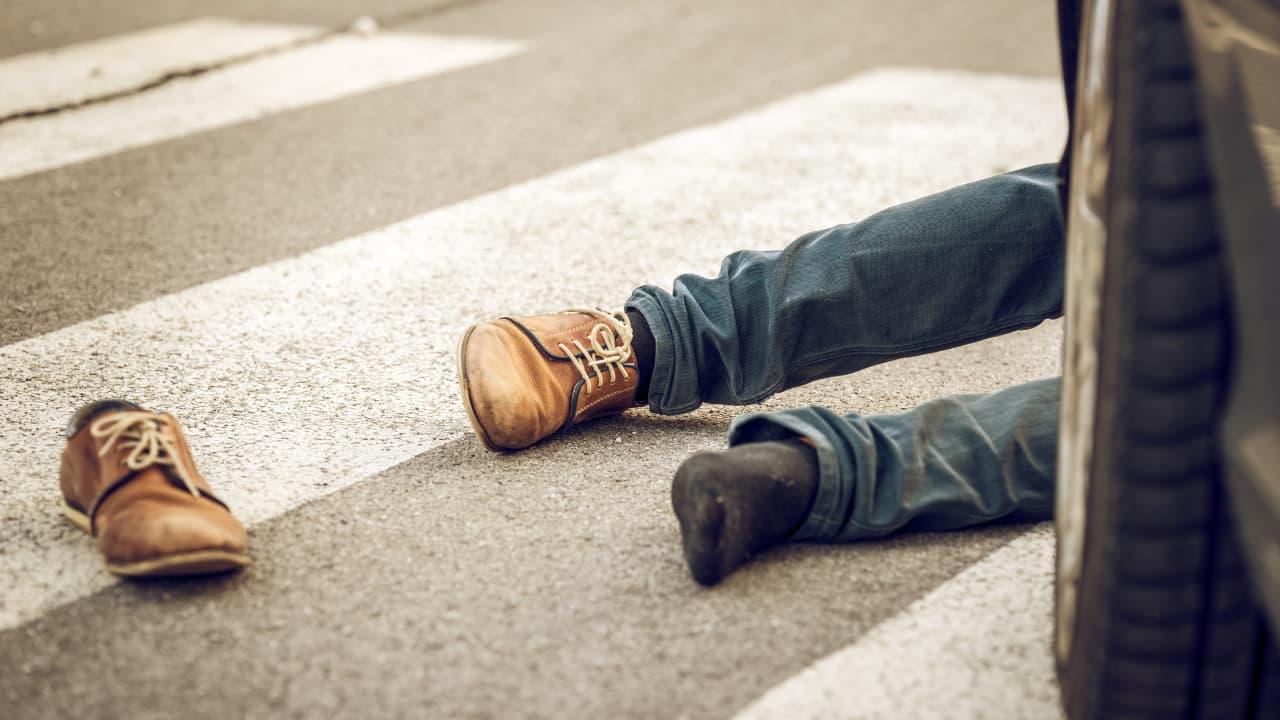When you’re involved in an accident that causes injury, you may find yourself reeling in the traumatic aftermath. You want justice, and you may feel as though another party holds responsibility for the injuries you’ve suffered. You need to be able to focus on your recovery, and your medical bills are mounting.
You file an insurance claim, but the at-fault party’s insurer denies you the compensation you feel you deserve. In the eyes of the insurance company and of the legal system, if you’ve claimed that negligence led to your injuries, you will need to prove this. Although negligence can be easier to prove than intention, you’ll need evidence.
So what constitutes negligence? How can you prove negligence in a personal injury case? How can a lawyer help?
What is negligence?
In personal injury cases, negligence means a failure to act with a standard level of care and prudence. Although negligence often includes careless actions, it can also equal a failure to act. Negligence can be cited in any type of personal injury case including:
- Car accident
- Pedestrian accident
- Product liability
- Slip and fall
- Traumatic brain injury (TBI)
What are the four elements of negligence?
In legal cases, negligence is broken down into four different elements. This makes it a bit easier to determine who’s at fault for your accident and can inform any settlement you might receive.
The four elements of negligence that you’re required to meet as a burden of proof are:
- Duty (or Duty of Care): This element of negligence is based on the idea that we each have a duty to do everything in our power to avoid inflicting harm on others. We are legally mandated to behave with responsibility. You must provide evidence that the person you’re suing had a specific duty to uphold that they either neglected or violated.
- Breach of Duty: If another person has failed in their duty (for example, if a licensed driver fails to obey the laws of the road when operating a vehicle), you must prove this breach of duty. If someone’s irresponsibility has caused you injurious harm, this is legally a breach of duty.
- Causation: Causation is one of the most vital elements of negligence. You must prove that the breach of duty was the direct cause of your accident.
- Damages: Damages refer to the personal injury that stands as the foundation of your case. You will have to provide evidence that you sustained injuries that were the direct result of negligence.
How to prove causation
Although you can pursue a personal injury case on your own, retaining a personal injury lawyer who understands the nuances of causation can help immensely. Forensic expert witnesses, photo and video evidence, proof of repair orders that weren’t followed, and a proven track record of negligence can all help show valid causation.
All four elements of negligence are vital to your personal injury case. However, causation is often the hardest to prove. You must show that a dereliction of duty directly led to the injuries you endured.
Examples of negligence in a personal injury case
Some examples of negligence in personal injury cases include:
- A drunk driver hits your car, failing in his duty as a responsible vehicle operator.
- The plumbing system at a hotel you visit isn’t up to code. Rusted pipes burst and crash through the ceiling of your room and grievously injures you. The hotel’s parent company and management may be liable.
- The restaurant where you’re celebrating didn’t install proper lighting on the dark staircase leading to the bathroom and the railing is loose. You fall down the stairs and break your ankle. In this case, the restaurant’s owners may be found negligent.
Understanding the merits of your personal injury case
In Indiana, if you’ve suffered injury due to negligence, the merits of your personal injury case may be impacted by state law. Indiana state law mandates a statute of limitations on all claims that expires two years from the date of your accident.
Indiana is also a comparative fault state. This means if you hold over 50% of the fault for your injuries, you cannot pursue a claim against another party.
Examples of comparative fault
For example, if you fall over a loose floor tile at a restaurant, but you were heavily intoxicated, the insurance company could deny your claim, and the courts could determine that you hold over half the fault for your injuries. Thus, you may not receive compensation from the restaurant.
However, if you hold less than 50% of comparative fault, you may still be able to pursue a settlement. Your compensation could be reduced, but you could still be entitled to recoup financial losses.
For example, if you’re hurt in a car accident by another driver who hit your vehicle, you may hold comparative fault. The other driver failed to stop at a red light and crashed into your car, but you merged into their lane without using a turn signal. Legally, it could be determined that you hold 20% of fault in your collision. You might still have a personal injury case, but you may get a lower financial settlement than if you held 0% of fault.
How a lawyer can help in a personal injury case
In Indiana, a personal injury lawyer can help you file your lawsuit swiftly and build a strong legal foundation for your negligence claim. They can explore your comparative fault and determine whether or not your case is strong enough to move forward on the legal path.
The right personal injury lawyer can:
- File all necessary legal documents
- Gather forensic evidence
- Interview eyewitnesses who can testify to your injuries. If you’re hurt at a privately owned business, these witnesses may include those who can testify about past incidents or the negligent conditions of the property.
- Mediate on your behalf in all settlement negotiations
- Present your case in court
Contact Yosha Law
You shouldn’t have to prove negligence in your personal injury case on your own. You need to concentrate on your healing and the road to full recovery. At Yosha Law, our clients aren’t just case numbers — they become a part of our family.
We will stand in your corner and battle the insurance companies on your behalf. We’ll utilize our resources to help you prove that your injuries were caused by the negligence of another. You don’t have to stand alone on your road to justice. Contact us for your free case evaluation today.









